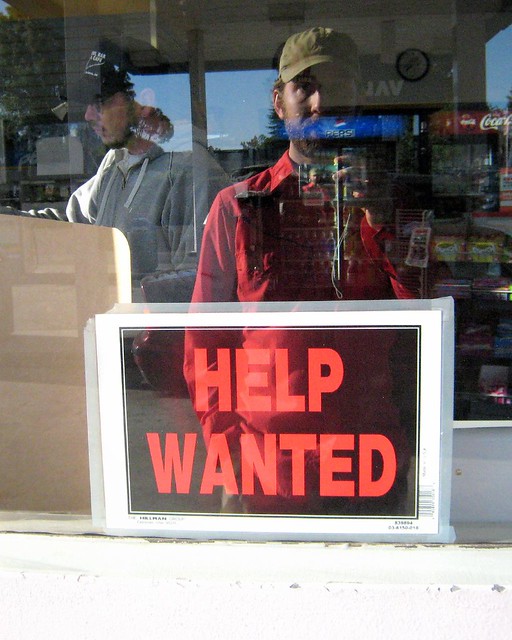If we could make Knowledge Needs visible, we would have a far greater chance of providing knowledge where it's needed.
Two people can pass each other in a corridor, one of whom possesses the solution to a problem that is taxing the other out of their mind, and they don't even realise the need to talk, because the knowledge and its need are invisible.
If knowledge were a visible commodity, like cereal or cans of soup, it would be easier to manage. We would open the knowledge grocery cupboard, see the knowledge gaps on the shelf, know that we need knowledge, and then go to the knowledge supermarket and buy the knowledge we lacked.
However there are ways to make the knowledge visible; both the knowledge that people hold, and the gaps in their knowledge they wish to fill. Once you have made knowledge, and knowledge needs, visible you can just watch the interactions start to happen, as suddenly supply and demand are connected.
Making knowledge needs visible in a conference.
At one conference we asked people to write, on their name badge, an issue or problem that was taxing them: Knowledge they needed. Then, as people circulated for coffee, others who had ideas or solutions to the problem could introduce themselves, and knowledge exchange could start. Mars did a similar exercise, using electronic tags which lit up when someone with similar knowledge or interests came near.Just the simple act of making knowledge needs visible prompted a huge number of interactions.
Making knowledge needs visible through a knowledge market
A Knowledge Market is a fantastic face-to-face event for a Community of Practice - rather like the UK practice of a "Bring and Buy" sale. At the Knowledge Market, people host a poster listing their knowledge issues and their knowledge offers, and others circulate, looking for answers to their problems and problems they can answer. By making knowledge supply and demand visible, you promote interactions, and people share knowledge with each other and come away richer.Making knowledge needs visible online
You can do something similar online.- You can set up a yellow pages system, where people can identify not only what they know, but also what they need to know.
- You can use social media to broadcast your knowledge needs. In Knoco we use Yammer as a way to tap into the knowledge of our world-wide colleagues. Rather then following the Yammer prompt "What are you working on", we use it to post "what do I need to learn today".
- You can set up a "Knowledge wants and offers" page, just like you see in the newspaper, or in the recycling groups. we have done this ahead of conferences, to set up interactions for knowledge transfer at the conference itself.
The more we can make the knowledge visible, and make the questions, or knowledge needs, visible, the more we can put people together with others to improve knowledge transfer and solve problems.





No comments:
Post a Comment